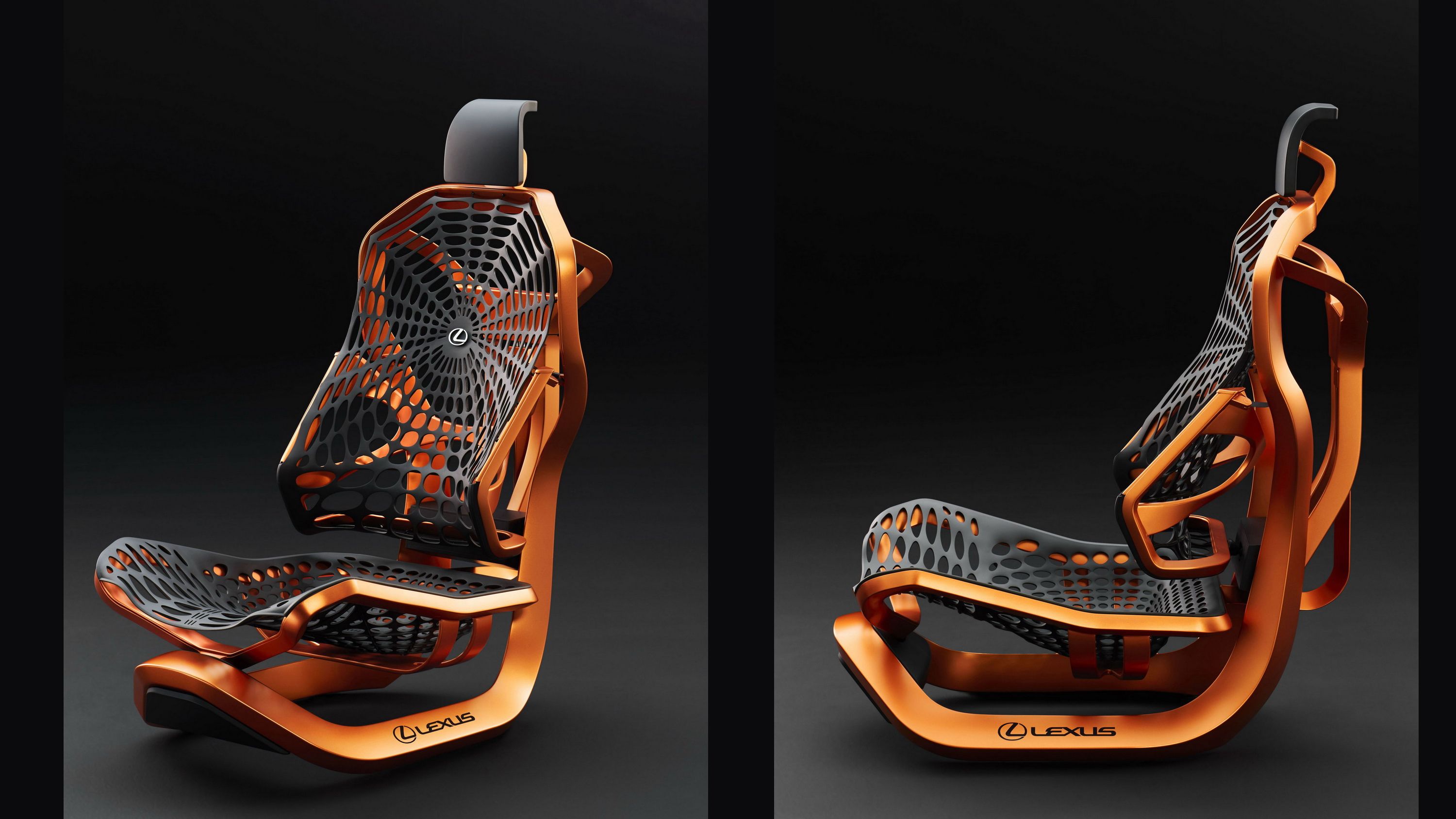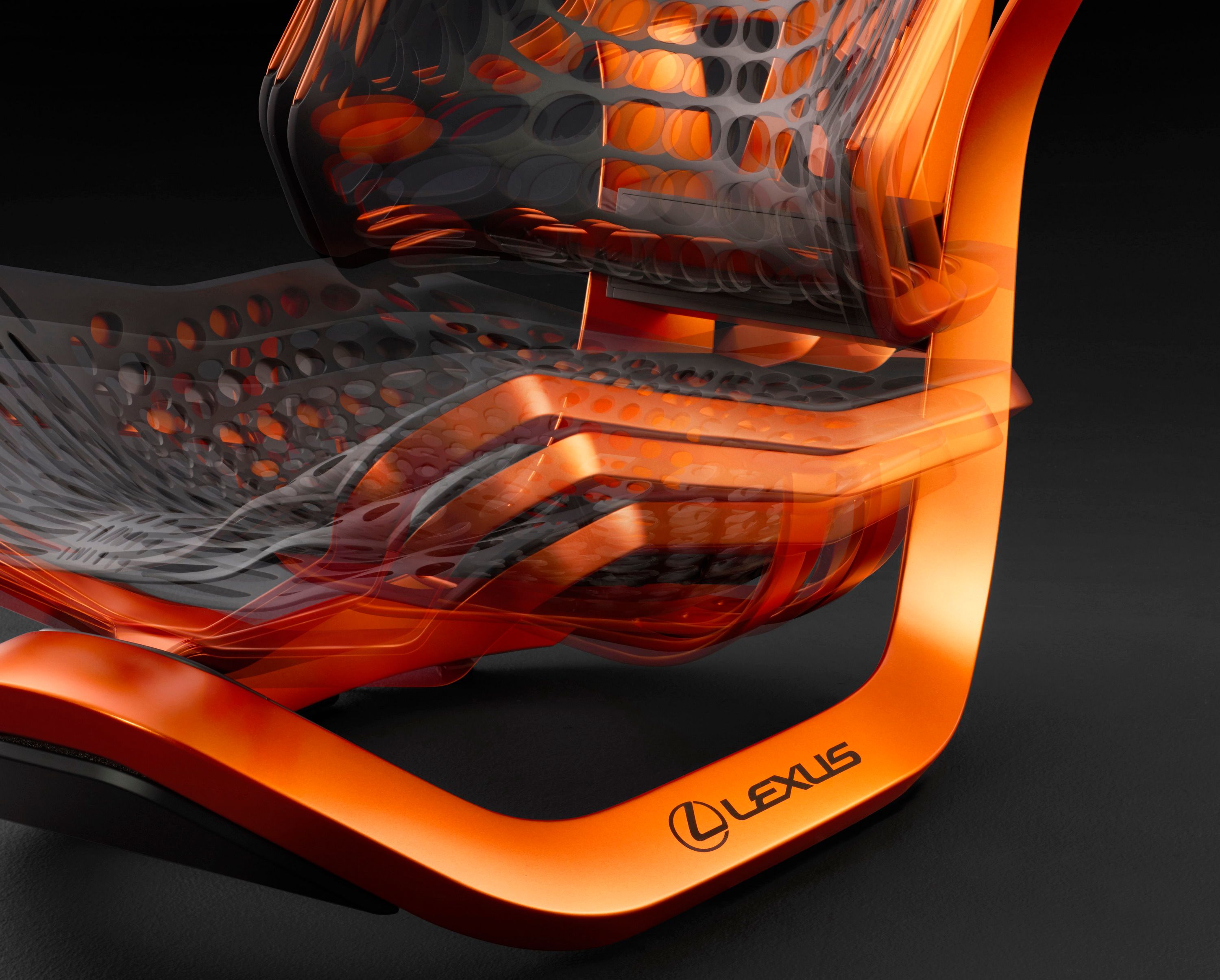We’re approaching auto show season, and as such, we’re about to get all of the new car and concept debuts that our hearts desire. However, every year, without fail, there’s at least a few automakers that show up to one auto show or another with something that is just stupid, lazy, or a flat out gargantuan waste of money. I’m probably one of the harshest critics in the world in this department, so naturally, I’m already looking for things criticize at the Paris Auto Show later this month. So far, I haven’t found much, but Lexus just announced a new Kinetic Seat Concept that could very well be one of those things. I’m not dogging it yet since I haven’t actually sat in one, but let’s take a look at what we already know about it.
The idea behind the seat is that the seat itself moves with you, absorbing the kinetic energy that typically moves our bodies – or more specifically our head and neck – when we drive. According to Lexus, this helps to keep the field of vision steady, reducing the burden on those inside the car and making it more comfortable overall. As you can see from the images, the seat is composed of a frame and a web-like material that serves as the upholstery. Shaped like a spider web, this material apparently makes sitting in the vehicle for long periods of time more comfortable.
The material that makes up the cushion and backrest is being called “synthetic spider silk” by Lexus and is actually derived from petroleum. Created through microbial fermentation, the material becomes a protein and is ultimately spun and processed into the material you see here. It apparently offers superior shock absorbance, but we’ll hold judgement on that until we actually get to experience the seat for ourselves.
Continue reading for the full story.
Why it matters
So what do you think? This is a pretty funky looking seat, don’t you think? I think it looks pretty cool, and I understand the concept behind it, but I don’t exactly see how it fits into a real-world situation. I doubt something like this will ever make it into a production vehicle. The idea could pose some benefits should automakers work to integrate it into the common vehicle seats we use today, however, I wouldn’t count on seeing anything similar in the foreseeable future. To be honest, it seems to me like the seat would be restricted to certain weight limits, and could potentially be a safety issue as well. With that said, I’d be curious to see how it works out in a crash test. In the end, this is probably one of those concepts that will turn into nothing after the show, but at least it’s cool to look at. Let us know your thoughts in the comments section below.


